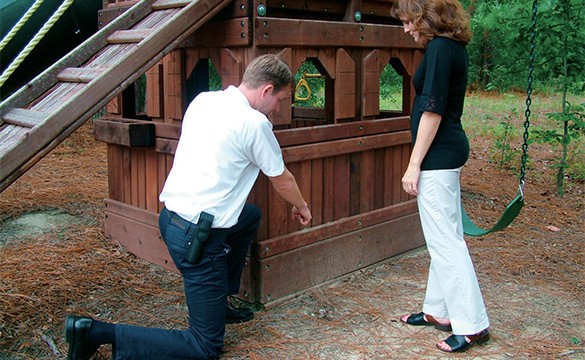As the winter months close in, we need to do all that we can to ensure that our heating system is operating as efficiently and as effectively as possible. Here are a few hints on how to get the most from your boiler – and how to save yourself a few pounds in heating bills at the same time.
Insulate Insulate Insulate
Any time a pipe gets cold, there’s a potential risk of your system developing a serious fault. Warm pipes will also retain heat more effectively. So insulate pipes where possible. Go into the loft and check any pipes that are up there. Don’t assume that because your loft is insulated, the pipes will be okay. In fact, as the insulation tends to stop the cold from escaping, it may be that the pipes will be colder still as a result of the loft being insulated. So don’t neglect them. If you have a condensing boiler, look for an external condensate pipe, and insulate this too.
You can wrap the pipes in foam – use high-quality foam where possible, as the cheaper stuff will be much less effective. Add tape to joints to further increase efficiency. If you wish, you can achieve fantastic results by boxing pipes in wood.
Don’t forget about the hot water cylinder. Shop around, and you should be able to buy snug jackets for these for a tenner.
Bleed Your Radiators
This is a good time of the year at which to bleed your radiators. Air in the system can prevent radiators from being properly heated, but bleeding should rectify this problem. Feel the radiator with your hand, and make sure that the heat is evenly distributed across the entire unit. In particular, check the top of the radiator and the corners. If there’s a problem, you may find the heat only reaching the bottom of the radiator. This is a surefire sign that you need to do some bleeding.
It’s generally best to only bleed the radiators when the system is switched off – otherwise, you can introduce more problems into the system than you had before. If you have a sealed system, the pressure levels should go down as you bleed the radiators, so make sure you know how to repressurise the system.
To bleed a radiator, you’ll need a radiator bleed key. These shouldn’t cost much more than a pound from a DIY store. (Some radiators will allow you to use a flathead screwdriver, although it’s easier to use the proper key.) The valve will be located at the top corner on one side of the radiator. Place the key in it, and turn anti-clockwise. If there is air in the system, you should hear a hissing noise. When water starts to dribble out, turn the key clockwise to switch off the valve again. You’ll probably want to hold a cloth or container underneath the valve to catch any water. Bleed all the radiators, and if you’re getting lots of hissing, you might want to repeat the process daily until the radiators are working effectively again.
Repressurise the System
If your system is sealed, and you didn’t repressurise it as part of bleeding the radiators, then do this now. Even if your system hasn’t experienced any problems, the pressure will gradually fall. So every winter, you should check the levels and repressurise the system if needed. This is usually done manually by turning on the filling key for a short period. Turn on the filling key in small bursts – you don’t want to overfill.
Relieve The Pressure on Your Boiler
Your heating system will be having to work hard enough as it is – there’s a reason why most boiler failures occur during the coldest months. So try and relieve some of the pressure by making sure it isn’t having to work harder than needed. Add Thermostatic Radiator Valves (TRVs) to each radiator. These will allow you to fine-tune the amount of heat generated by each individual radiator. Some rooms will be warmer than others, so try not to use more heat that is needed for each one.



